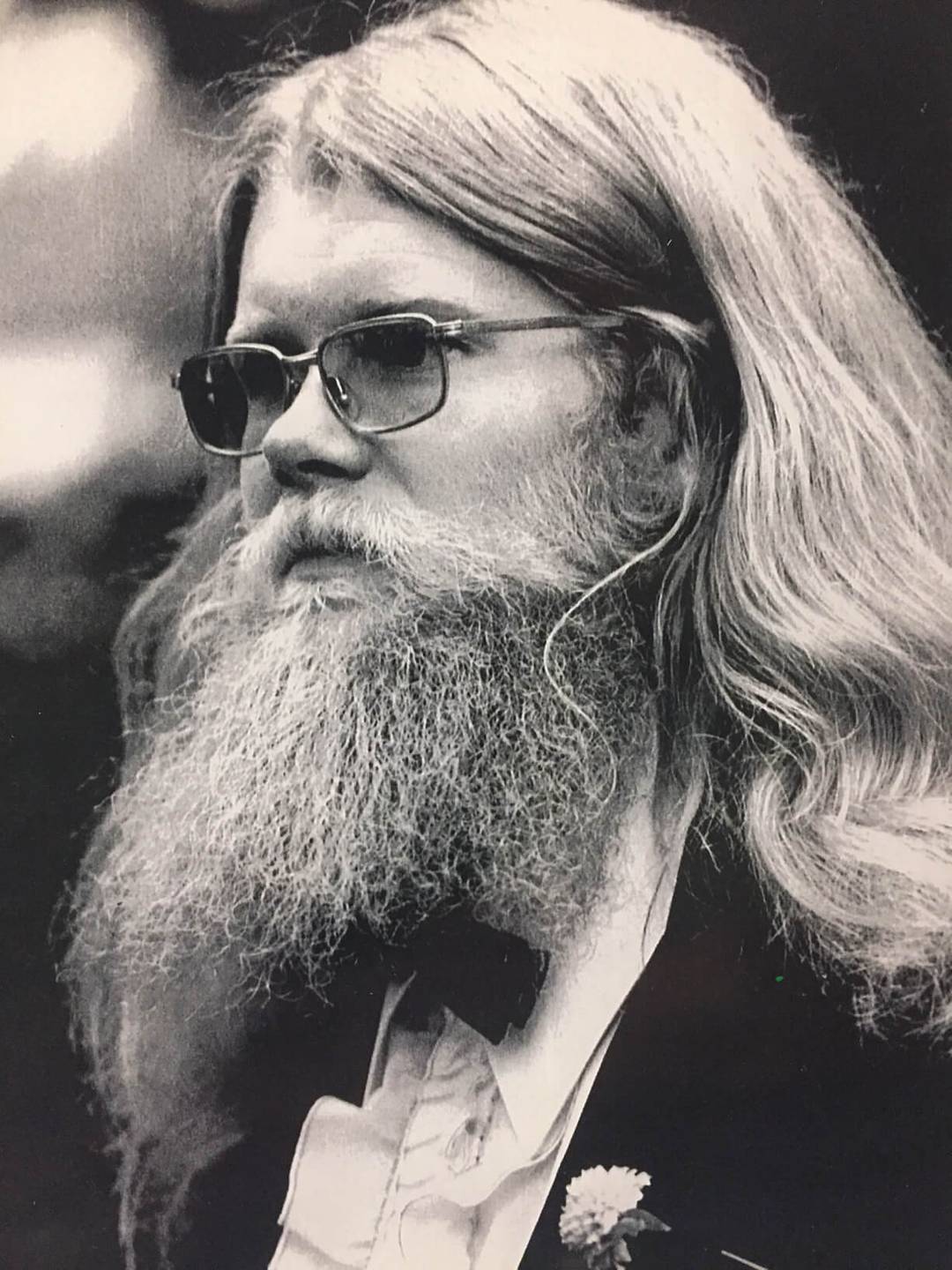
 A Minnesota PBS Initiative
A Minnesota PBS Initiative
We were in Hue City during Tet, 1968. This would have been in February 1968. If I remember right, we had been in the city maybe a day or two and we still hadn’t found a place to have our outpost, a place to set up camp for while we were there.
One day we were on patrol in the city, walking down the street. We came by an abandoned house, a two story house, a pretty substantial stucco house. It had a good sized yard with a wall that was about 3 feet high. You could sit on the wall. The wall went all around with a couple of gates. Because the war had come to town, the people had left.
In the living room there was a couch. They had taken all of their food with them. They had taken their personal items, so in some ways the house had been cleaned out and in other ways they had left in a hurry.
We checked it out and our Captain said, “This will do. We’ll stay here for right now.”
We all tried to figure out where we were going to set up, and where there would guard posts, and who is going to be on Guard Duty and such stuff. In the courtyard there were a couple of pigs, and there was a duck—A white duck.
So somebody came to the Platoon Commander and said, “Can we kill the duck and eat it and have duck for supper tonight?” He said, “Yes. I give you permission to do it, but you can’t shoot it. We have to stay quiet. We can’t announce that we’re here.”
Somebody found a scythe, kind of a weed whacker kind of a blade. It wasn’t a big blade like in the old masters’ paintings. It was more of a one-handed kind of thing with a serrated blade. This would be perfect for chopping the head off the duck.
The duck didn’t really seem to be concerned. You could walk up to it and it wouldn’t run away. It was just used to people.
One of the guys said, “Well, I’ll kill the duck.” He took the scythe and walked over to the duck. He had the scythe raised up and he was looking at the duck, and he just couldn’t do it. He could not kill the duck.
Somebody else said, “Well, I’ll do it.” So he took the scythe and walked over to the duck. He had the scythe up in the air, he had raised his arm the way you would to throw a football. But he just couldn’t execute. He couldn’t execute the swing. He just couldn’t kill the duck. He looked away, and was a little ashamed.
He had the scythe raised up and he was looking at the duck, and he just couldn’t do it. He could not kill the duck.
I was standing there, and I was thinking, these guys are pussies. I’ll show them how it’s done. I grew up on a farm and I’ve killed chickens and stuff. I took the scythe, picked it up and, oh my God, I could not do it!
The duck is standing there in front of me looking at me and we could eat duck that night if I could just go through with it, but I could not kill it. About 5 or 6 of us tried, and none of us could do it.

It was just one of those things that didn’t make any sense, because we were in the killing fields. If an enemy soldier ran out in the street, we would take a gun and kill him. We would shoot him without a second thought… A human life, just like that! But we couldn’t kill the duck. It really psyched me out. It took days to process how that could be.
What I came up with was that in the middle of all of this death, this horror, and all this pain, and all this destruction, there was this beautiful pure white thing we couldn’t destroy.
That was one of the things that I just couldn’t ever forget. That duck has been with me…
Story Themes: 1966, 1967, 1968, Animals, Duality of Man, Hue, Humanity, Jerome Jerve, Marines, Odin, Read, Reflection, Tet Offensive